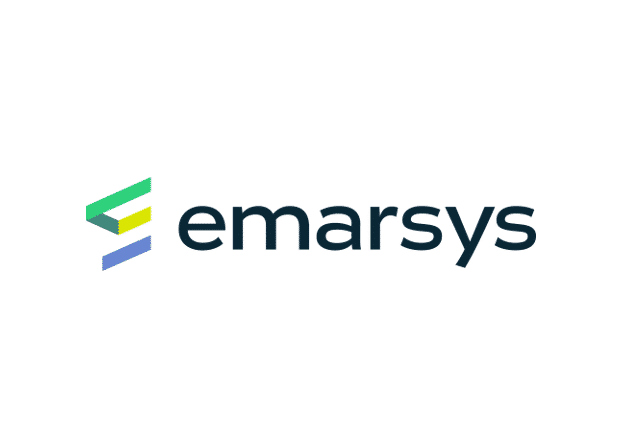Lauri Kurki
Account Director
Emarsys
Welcome to the new GMail Inbox
A look at the recent update of Google’s GMail service and the consequences for modern email marketing.
Despite all predictions to the contrary, the flood of emails reaching our inboxes never seems to recede. New channels such as social media should have led to less email but, thanks to numerous notifications and updates, quite the opposite has happened. Even with the new generation of sophisticated spam filters, which do a pretty good job making sure that only relevant messages get through, the sheer volume of traffic is leading to chaotic inboxes and frustration among recipients and email providers alike.
One approach to master this inbox chaos is an automatic categorization. Gmail’s “Priority Inbox” was already a first step in that direction, but now has Google taken it even further and introduced five category tabs, to which incoming emails are automatically assigned.
The following five categories are available – you can choose if you want to activate all categories or only some of them:
- “Primary”: emails of high importance or messages which are directly addressed to you.
- “Social”: notifications from social media websites such as Facebook or LinkedIn.
- “Promotion”: offers, competitions and promotions.
- “Updates”: invoices, order confirmations or updates to support emails.
- “Forums”: discussions and comments, preferably from online forums.
Assignment of messages to categories is done automatically at the start, but as users reassign and reorder them the system will learn and apply its findings to everyone – another great example of digital media harnessing the wisdom of the crowd.
So, what is the impact of this on email marketing?
Well, for the recipients this looks like great news. Anything that makes it easier to find the really important emails can only be a good thing. And if the system learns as we expect it to do it should over time become simpler, easier to use and more stable.
For emarketers, on the other hand, this could be a real game-changer in the drive to achieve real one-to-one marketing.
There are negative aspects for sure: having won in the struggle to make it to the inbox, we now have to find ways of making it to the “Primary” folder, since anything outside that category is bound to suffer reduced click and open rates. Categorising all social media notifications together could also adversely impact cross-channel marketing strategies, with important messages drowning in a variety of other content.
On the other hand, freeing the recipient from the task of sorting their mails will most likely lead to people taking more time to go through the genuine emarketing material in their “Promotions” folder. More significantly, anything in the “Primary” folder, an inbox within the inbox, is now virtually guaranteed a response. This presents emarketers with their clearest incentive yet – interact with your customers in such a relevant and personal way that they add you to their contact list. And that, for everyone involved, can surely only be a good thing.
A detailed presentation of the Google functionality can be seen in this video:












